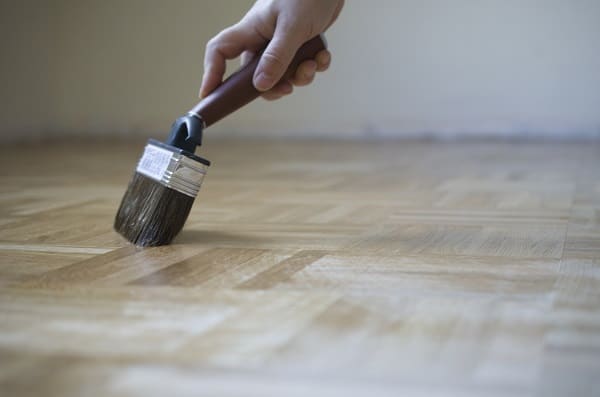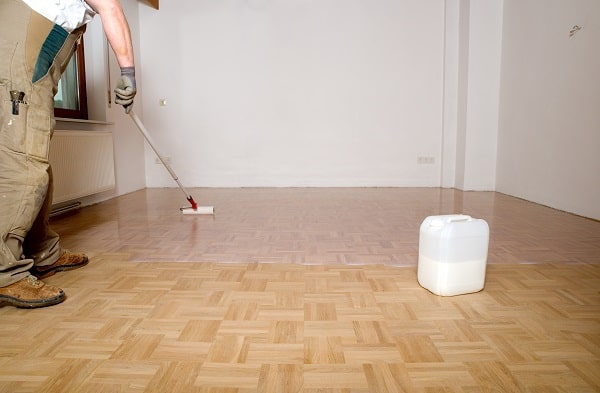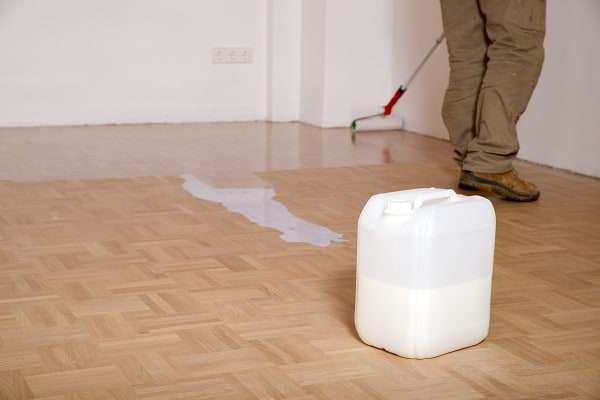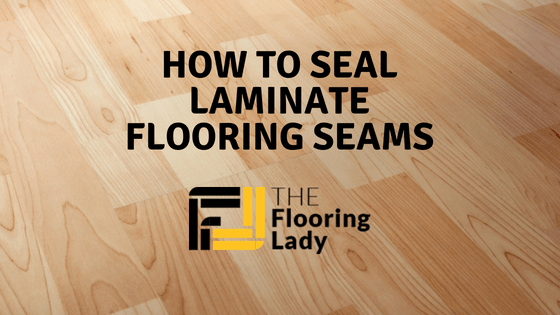Not too many people know how to seal laminate flooring seams. Some say there's no need, while others are inherently distrustful of the durability of laminate flooring.
Anyway, there's one thing that everyone agrees on and it's that all floorings should be as watertight and waterproof as possible.
Because applying sealant to anything, particularly laminate, is a delicate process, there are some steps you should follow.
Not only to maximize the effectiveness of the coating but also to minimize your costs.
This article will take you through the process of applying sealant from start to finish and also list the items you might need.
Depending on your sealant of choice, you may need to apply more or less. Also, we'll explain everything so that you can make this an easy DIY home project.
Preparing the Floor

How to seal laminate flooring seams is a 4-step process. Although the application is quite easy, it's important that you get everything right. Each misstep could lead to unwanted damage and a waste of sealant for that matter.
The first thing you need to take care of is prepping the floor.
Think of the floor as your work area or canvas. Take everything you don't need out of the way so you can get maximum coverage and have an easier time during the application.
The prep work involves more than removing objects and furniture. Use a mop and wash your flooring. Even tiny specks of dust can affect the quality of the coating.
After you're done cleaning it would be a good time to put on some protective clothing. Some sealants contain potent ingredients that can damage your regular clothes or cause skin rashes. It's better to be safe than sorry.
Preparing the Solution
To prepare the solution, you should check the label about how to do so - it differs from one type or brand to another.
You may have to mix two solutions together or dilute one solution with water. Either way, having a few buckets or containers around is a good idea. Get big ones if you're sealing a large room.
Other sealants come ready to use. If that's the case then you just have to wait until the floor dries out before applying the solution.
Applying the Sealant

Applying the sealant is almost like painting. You can use a mop or a rag as your brush and spread the sealant on the laminate flooring.
Try to be as even as you can with the distribution. If the layer has thick spots you should notice a milky film forming.
That should be removed and you should reapply sealant to that spot.
Of course, maybe one layer is not enough.
You can apply two or three layers of sealant to your laminate flooring if the formula works for multiple coatings. Check the label for information regarding potency and interaction with various types of wood.
Keep in mind that you should let the sealant dry completely before applying another layer of coating.
Also, don't go overboard with your use of sealant. After a certain point, it won't give you extra protection but it will change the way your flooring looks, altering its texture and color.
Drying

It's best if you let the sealant dry on its own. Don't try to rush it by using a heat source. Only do that if it's very wet or if the sealant's label mentions it.
After the flooring is all dried up you may want to use a clean rag or a floor buffer.
This can give your laminate flooring some much needed shine. It is especially helpful if you're using more than two coats of sealant.
You can even use the buffer in between applications, albeit this would make the whole process much longer. Generally, it is enough to use it after you're done sealing.
Items Required
Here are all the items required for an easy DIY project.
Mop
Water
Floor buffer
Protective clothing
Floor sealant of your choice
Last Thoughts
Now that you know how to seal laminate flooring seams, it's time to decide if the process is worth it or not.
Frankly, there are few people that bother sealing laminate flooring.
Because this is cheap and usually temporary flooring, most consider the investment unnecessary, not to mention that laminate is more resistant to liquid than hardwood.
At the same time, those that worry about constant spills or potential flooding should probably take their time and apply a powerful sealant to try and minimize the damage.
That being said, most laminate flooring is quite well prepared for such situations.
However, this doesn't mean you shouldn't absorb or clean up any spills as quickly as possible, with or without extra sealant.
